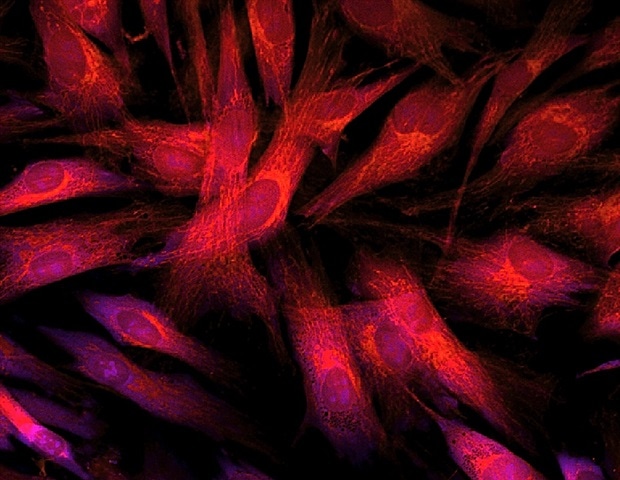Vaginal health is tightly linked to the balance of bacteria in the microbiome, especially certain species of Lactobacillus. When this balance is disturbed-a condition known as dysbiosis-it can lead to increased risk of infections, complications during pregnancy, and other long-term health concerns. Despite this risk, existing diagnostic methods often fall short, especially in detecting Lactobacillus iners, an important vaginal bacterium, which doesn’t always show up under a microscope or in lab cultures. Researchers at Vanderbilt University are working to change that by using a powerful optical technique known as surface-enhanced Raman spectroscopy (SERS) to analyze the biochemical fingerprints of vaginal fluid.
In a pilot study published in Biophotonics Discovery, the researchers collected vaginal fluid samples from 19 participants during routine gynecological exams. They used two different devices-a laboratory Raman microscope and a portable Raman spectrometer-to record the SERS spectra of each sample. These spectra reveal the biochemical makeup of the fluid, including the presence of proteins, lipids, organic acids, and sugars. The team then used a molecular technique called quantitative PCR to identify whether key microbes were present, focusing on Lactobacillus iners, Lactobacillus crispatus, Gardnerella vaginalis, and Streptococcus agalactiae.
By comparing the SERS spectra of samples with different microbial compositions, the researchers found consistent biochemical signatures. The presence of Gardnerella vaginalis (G. vaginalis), a microbe linked to bacterial vaginosis, was marked by increased protein and lipid signals and decreased organic acid content-trends that align with what’s known about its role in disrupting the vaginal environment. In contrast, Lactobacillus iners (L. iners), a protective microbe that can be difficult to detect with current methods, was associated with elevated levels of organic acids and reduced signals from proteins and polysaccharides. These patterns were visible not only with the high-end lab equipment but also with the more accessible portable device.
Notably, the samples containing G. vaginalis were from participants without any diagnosed infections or symptoms. This suggests that SERS may be able to identify early-stage or subclinical shifts in the microbiome before they become clinically evident-a critical advance for prevention and early intervention.
The findings also highlight how SERS could be used in routine monitoring of vaginal health, especially if integrated into point-of-care devices. The portable Raman system produced results similar to the benchtop microscope, showing that accurate biochemical readings don’t necessarily require a full laboratory setup.
While this was a pilot study and only a limited number of bacterial species were evaluated, the study provides proof of concept for using SERS to detect meaningful changes in the vaginal microbiome. Future studies aim to expand the participant pool and use genetic sequencing for broader microbial analysis. But even in its current form, the research demonstrates a promising path forward for better, faster, and less subjective diagnostics in women’s health.
Source:
SPIE–International Society for Optics and Photonics
Journal reference:
Rourke-Funderburg, A. S., et al. (2025) Investigating microbiota and biochemical changes in vaginal fluid toward point-of-care microbial monitoring using surface-enhanced Raman spectroscopy. Biophotonics Discovery. doi.org/10.1117/1.BIOS.2.4.042102.
